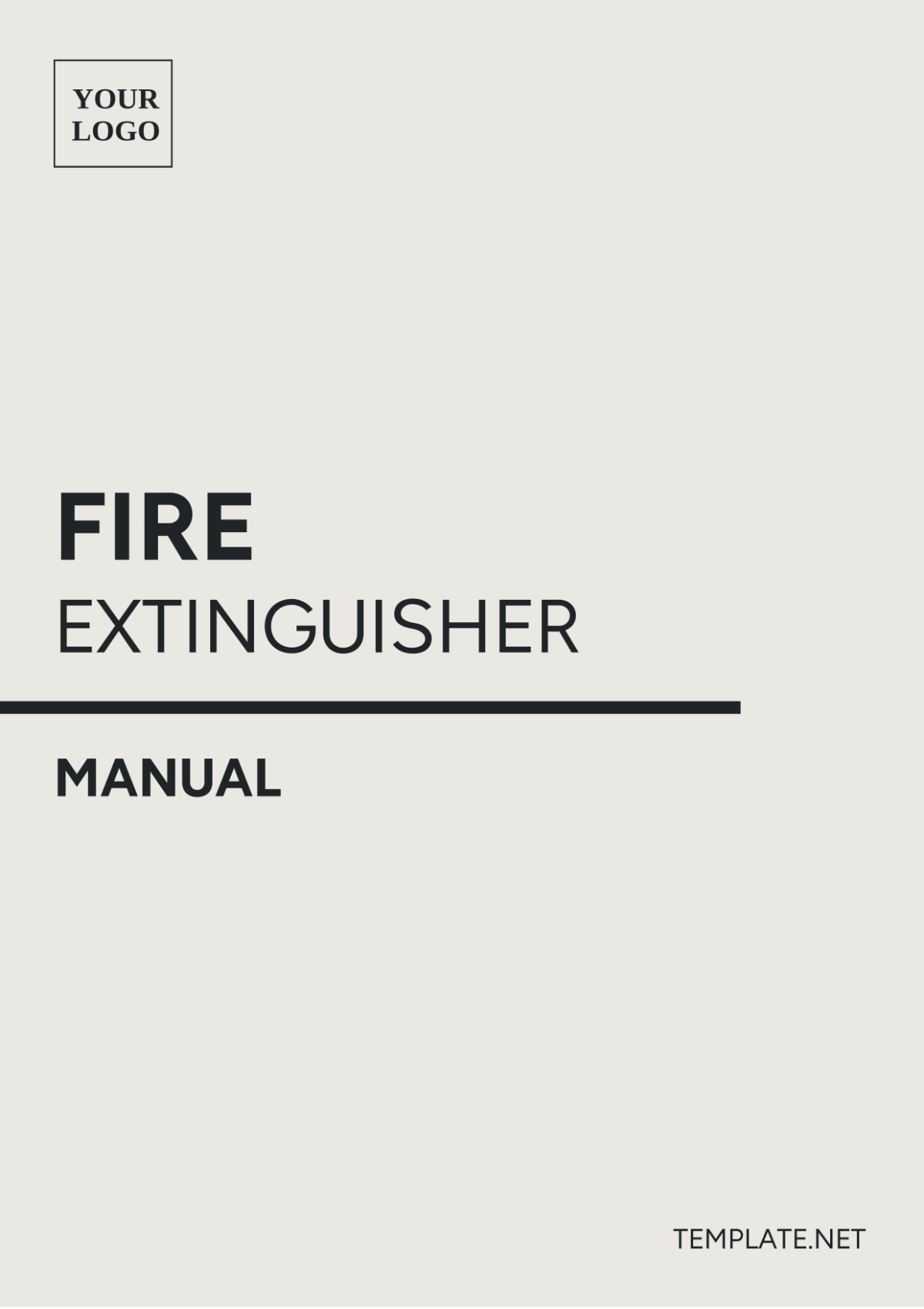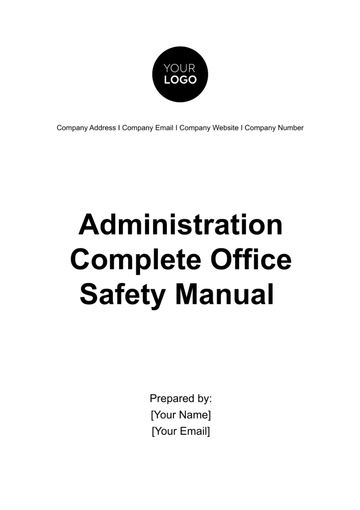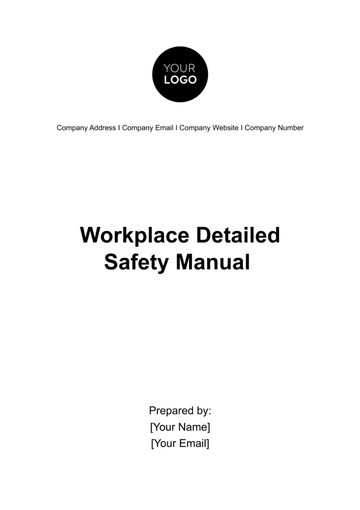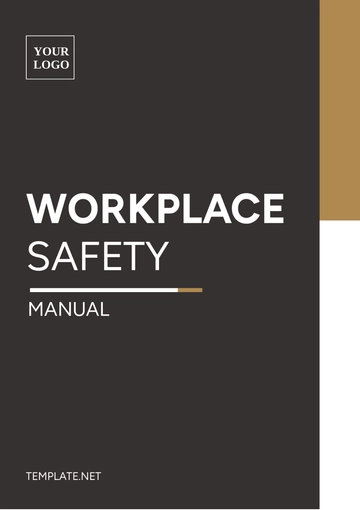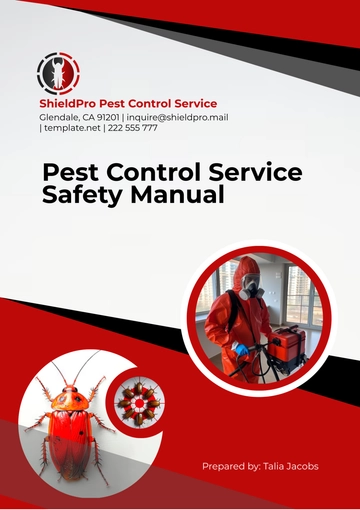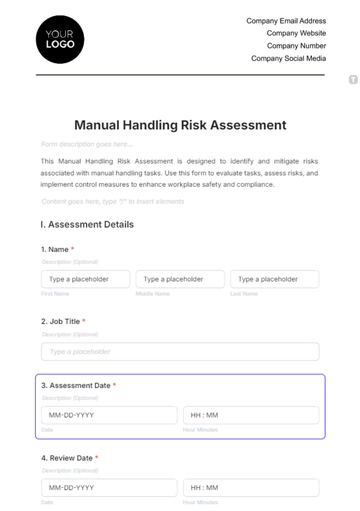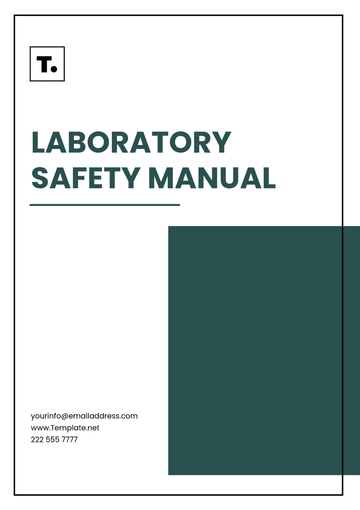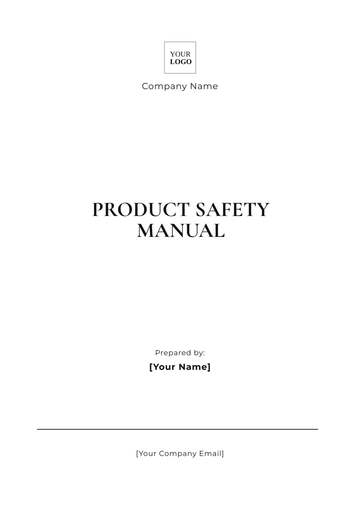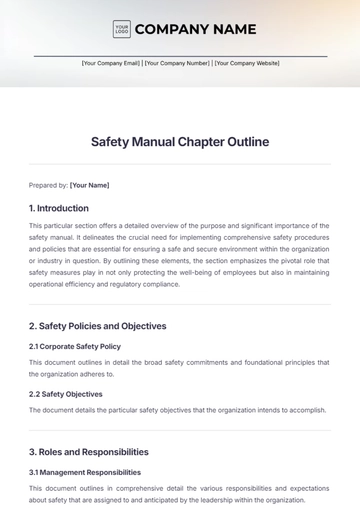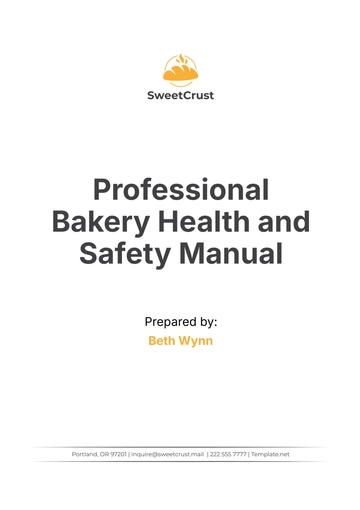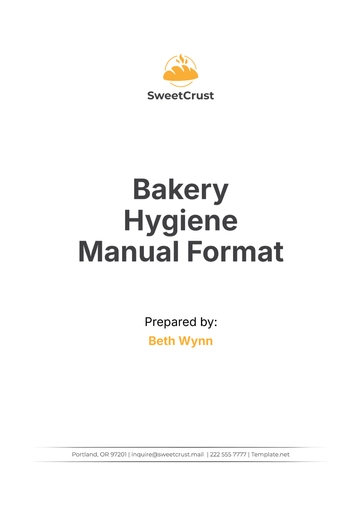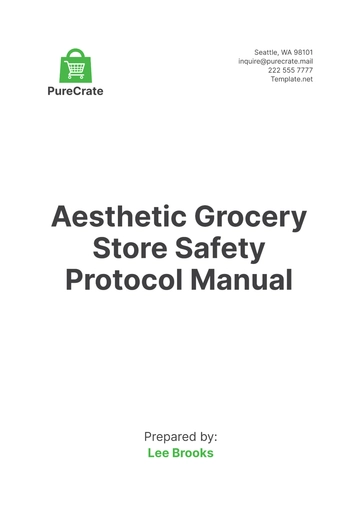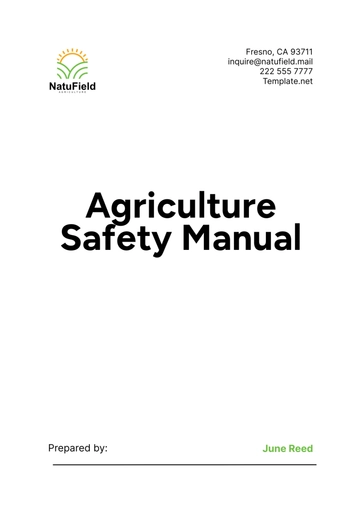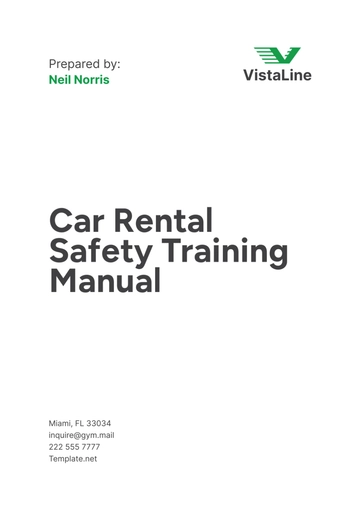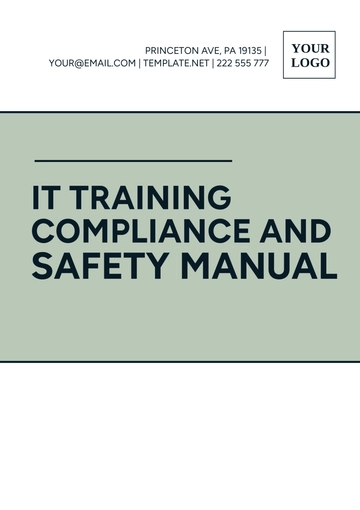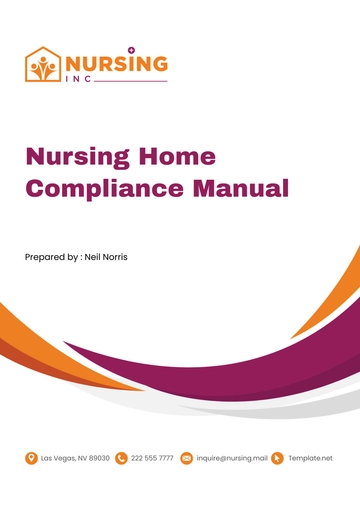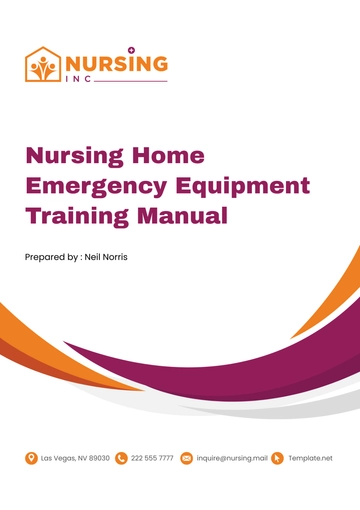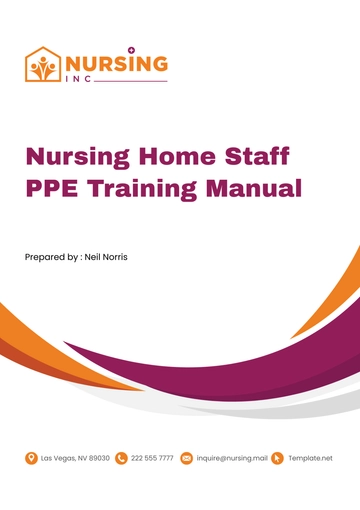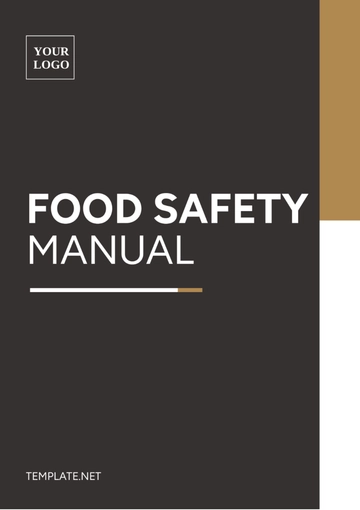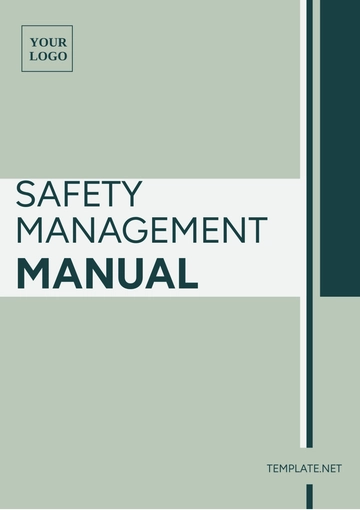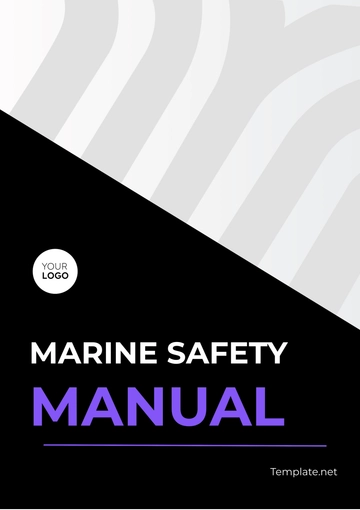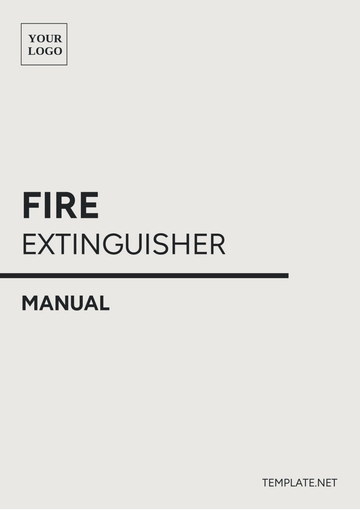FIRE EXTINGUISHER MANUAL
PREPARED BY: | [YOUR NAME] |
|---|
COMPANY: | [YOUR COMPANY NAME] |
DEPARTMENT: | [YOUR DEPARTMENT] |
DATE: | [DATE] |
I. INTRODUCTION
Welcome to the FIRE EXTINGUISHER MANUAL created by [YOUR COMPANY NAME]. This manual serves as a comprehensive guide to understanding, operating, and maintaining fire extinguishers in various environments. Fire safety is paramount in any setting, and proper knowledge of fire extinguisher usage can save lives and prevent property damage. This manual is designed to equip [YOUR DEPARTMENT] personnel with the necessary information to effectively respond to fire emergencies.
1.1 PURPOSE
The purpose of this manual is to:
Educate users on the different types of fire extinguishers and their appropriate applications.
Provide step-by-step instructions for operating fire extinguishers safely and effectively.
Outline maintenance procedures to ensure fire extinguishers are in optimal working condition at all times.
Promote a culture of fire safety awareness and preparedness within [YOUR COMPANY NAME].
1.2 AUDIENCE
This manual is intended for:
[YOUR DEPARTMENT] personnel responsible for fire safety procedures.
Employees and occupants of [YOUR COMPANY NAME] facilities who may encounter fire hazards.
Anyone seeking to enhance their knowledge of fire extinguisher operation and maintenance.
II. TYPES OF FIRE EXTINGUISHERS
Understanding the different types of fire extinguishers is crucial for selecting the appropriate one in case of a fire emergency. Each type is designed to combat specific classes of fires.
2.1 CLASSIFICATION
Fire extinguishers are classified based on the type of fire they are designed to extinguish. The classifications are as follows:
Class A: Suitable for fires involving ordinary combustible materials such as wood, paper, and textiles.
Class B: Designed for flammable liquid fires, including gasoline, oil, and grease.
Class C: Specifically for fires involving electrical equipment.
Class D: Intended for fires fueled by combustible metals such as magnesium, titanium, and potassium.
Class K: Designed for fires involving cooking oils and fats typically found in commercial kitchens.
2.2 TYPES
[YOUR COMPANY NAME] provides the following types of fire extinguishers:
ABC Dry Chemical: Effective for combating Class A, B, and C fires.
CO2 (Carbon Dioxide): Suitable for Class B and C fires, leaving no residue and minimizing damage to sensitive equipment.
Water Mist: Safe for use on Class A, B, and C fires, including those involving electrical equipment.
Class K: Specifically designed for commercial kitchen fires involving cooking oils and fats.
For detailed information on the proper use of each type of fire extinguisher, refer to Section III.
III. OPERATING PROCEDURES
In the event of a fire, knowing how to properly operate a fire extinguisher is critical. Follow these steps to effectively extinguish a fire:
3.1 P.A.S.S. TECHNIQUE
Remember the P.A.S.S. technique:
Pull: Pull the pin to break the tamper seal.
Aim: Aim the nozzle or hose at the base of the fire.
Squeeze: Squeeze the handle to discharge the extinguishing agent.
Sweep: Sweep the nozzle or hose from side to side, covering the base of the fire until it is extinguished.
3.2 ADDITIONAL TIPS
Ensure your back is to an exit before attempting to extinguish a fire.
If the fire cannot be controlled within the first few seconds, evacuate the area immediately and alert others.
Do not attempt to extinguish a fire if it is spreading rapidly or if your escape route is compromised.
IV. MAINTENANCE PROCEDURES
Regular maintenance of fire extinguishers is essential to ensure they remain operational when needed. Follow these maintenance procedures to keep fire extinguishers in optimal condition:
4.1 INSPECTION
Perform monthly visual inspections to check for the following:
Presence of tamper seals and safety pins
Condition of hoses, nozzles, and pressure gauges
Signs of damage or corrosion
4.2 TESTING
Conduct annual maintenance checks, including:
Weighing extinguishers to ensure proper charge
Checking for proper pressure levels
Testing the functionality of discharge mechanisms
V. STORAGE AND PLACEMENT
Proper storage and placement of fire extinguishers are essential to ensure quick access in case of a fire emergency. Follow these guidelines:
5.1 PLACEMENT
Install fire extinguishers in easily accessible locations, preferably near exits and along escape routes.
Mount extinguishers at eye level and ensure they are clearly visible and unobstructed.
Place extinguishers no more than 75 feet apart in commercial and industrial settings.
5.2 STORAGE
Store fire extinguishers in designated cabinets or wall-mounted brackets to prevent damage and tampering.
Avoid placing extinguishers near heat sources, electrical panels, or hazardous materials.
VI. EMERGENCY RESPONSE PLAN
In addition to fire extinguisher usage, it is crucial to have a comprehensive emergency response plan in place. This plan should include the following components:
6.1 EVACUATION PROCEDURES
Establish clear evacuation routes and assembly points.
Conduct regular fire drills to familiarize occupants with evacuation procedures.
Designate individuals responsible for assisting those with disabilities during evacuations.
6.2 COMMUNICATION PROTOCOLS
Implement a system for alerting occupants of a fire emergency, such as fire alarms or intercom announcements.
Ensure employees are trained to report fires promptly and accurately to emergency services.
VII. TRAINING AND EDUCATION
Proper training and education are essential for ensuring that personnel are prepared to respond effectively to fire emergencies. Provide regular training sessions covering the following topics:
7.1 FIRE SAFETY PRINCIPLES
7.2 FIRE EXTINGUISHER TRAINING
Conduct hands-on training sessions to familiarize employees with different types of fire extinguishers and their proper use.
Provide opportunities for employees to practice using fire extinguishers in simulated fire scenarios.
VIII. CONCLUSION
In conclusion, the FIRE EXTINGUISHER MANUAL created by [YOUR COMPANY NAME] serves as a vital resource for promoting fire safety awareness and preparedness within your organization. By following the guidelines outlined in this manual and receiving proper training, employees can play a crucial role in preventing and mitigating fire-related incidents.
For any questions or further assistance, please contact [YOUR NAME] in [YOUR DEPARTMENT] at [YOUR CONTACT INFORMATION].
Manual Templates @ Template.net
